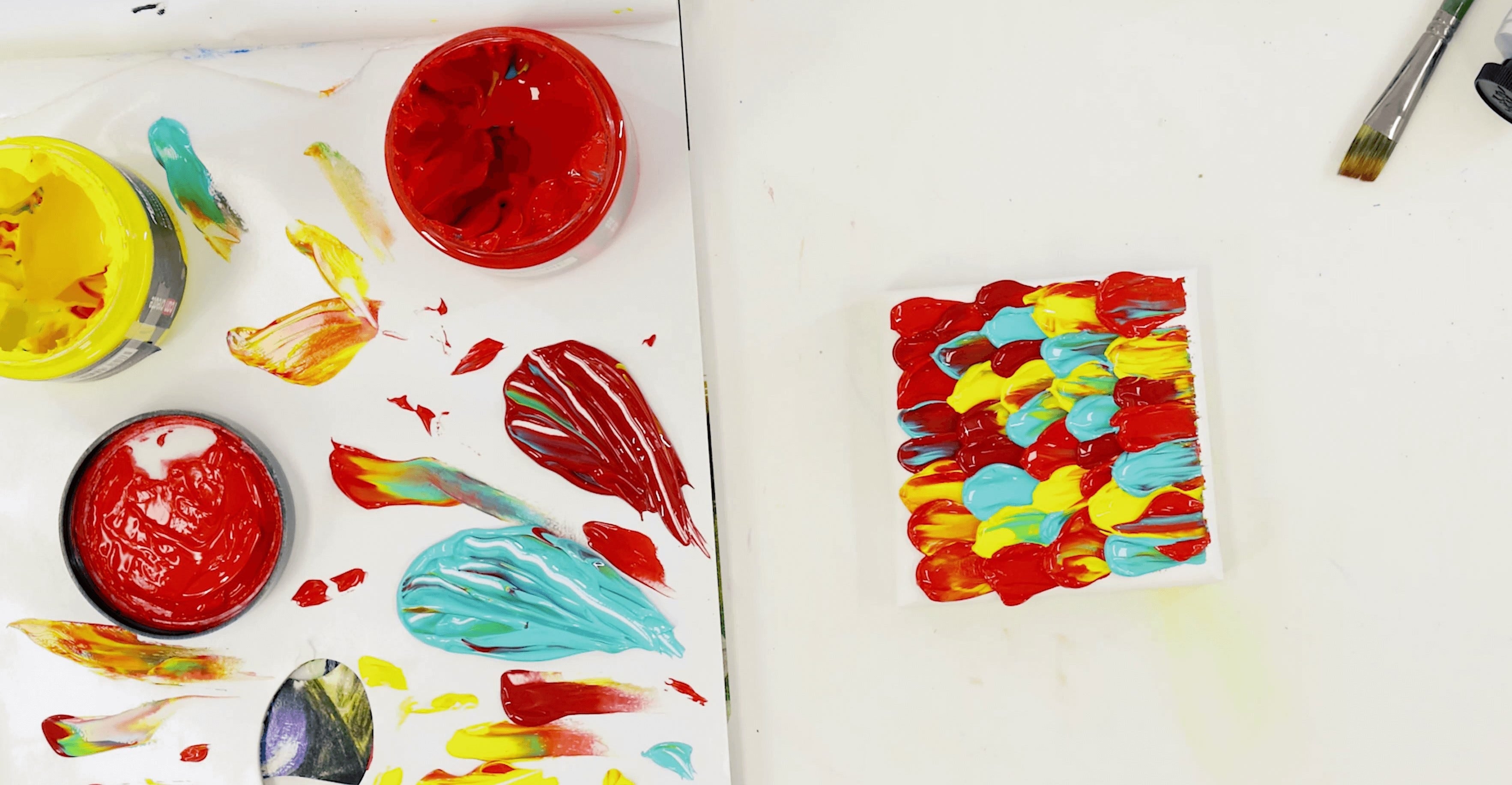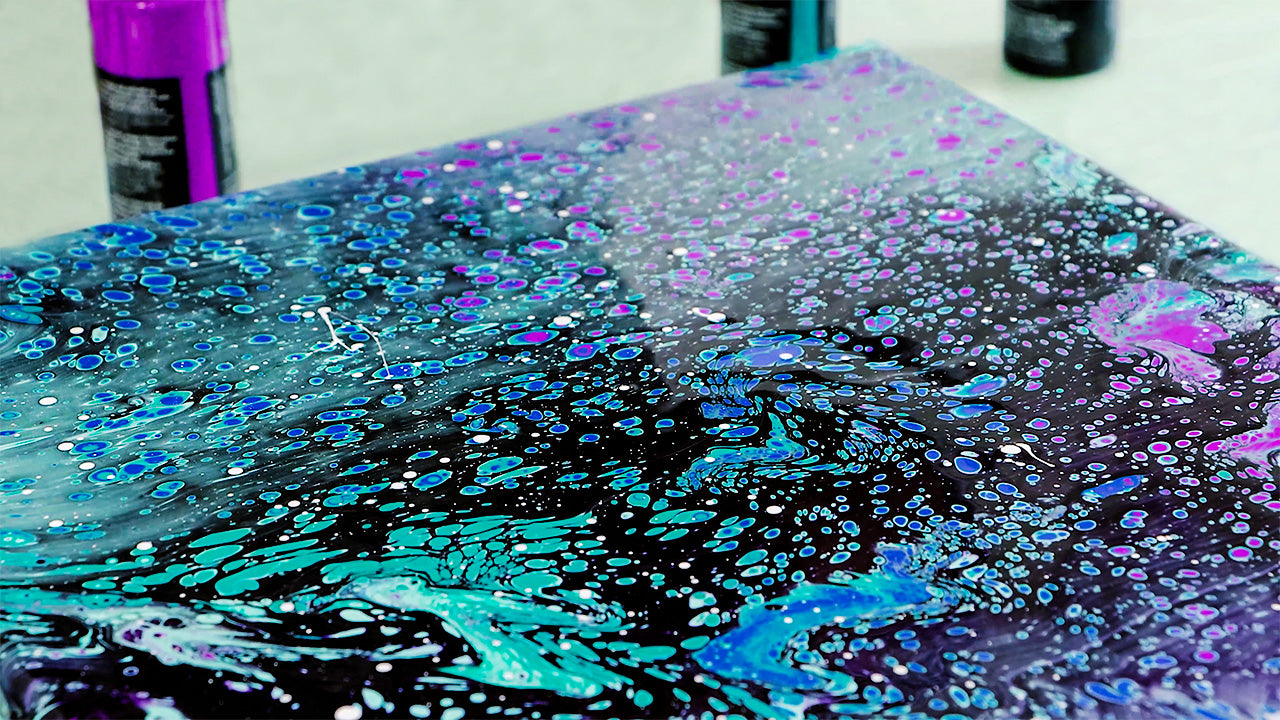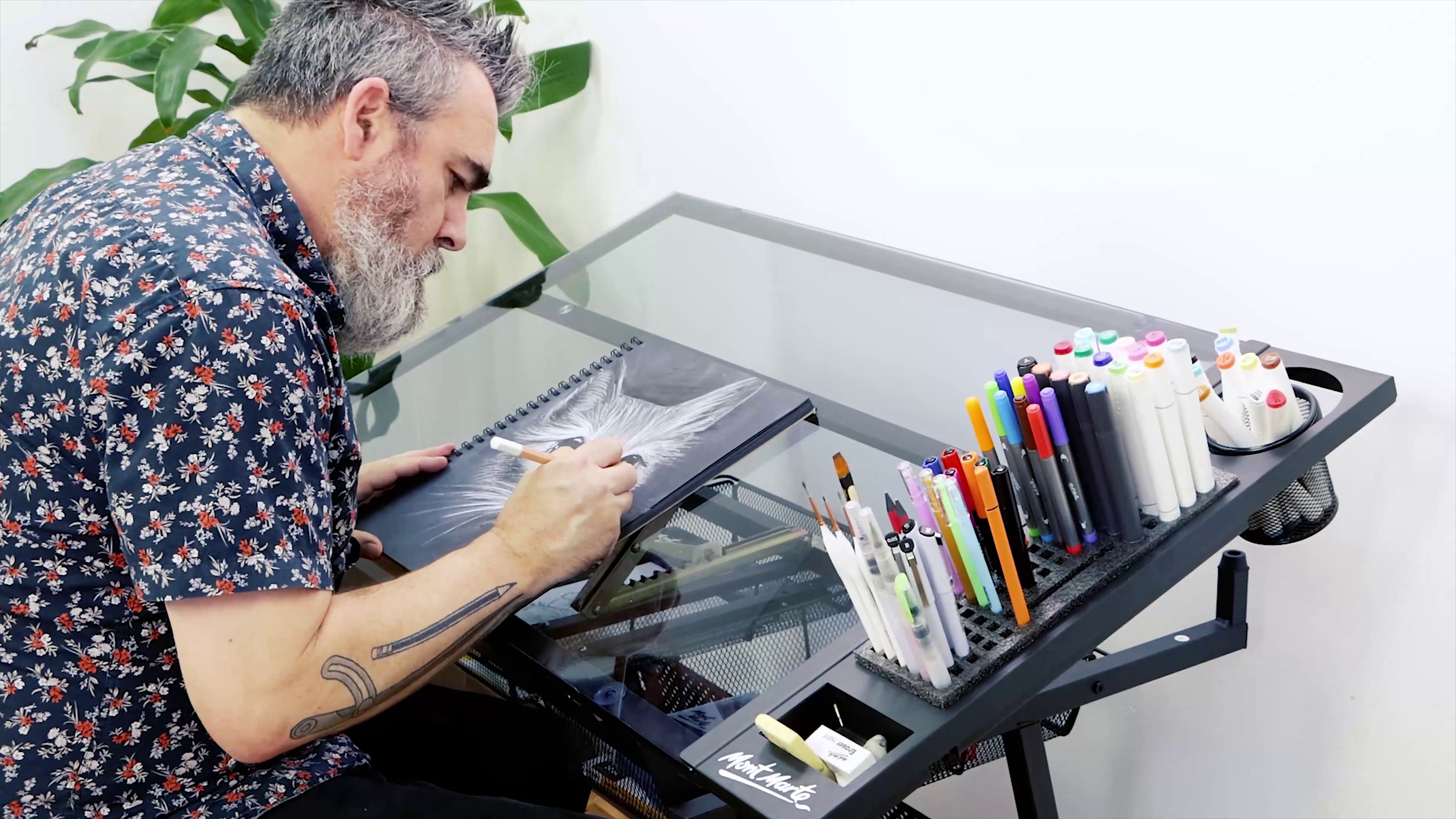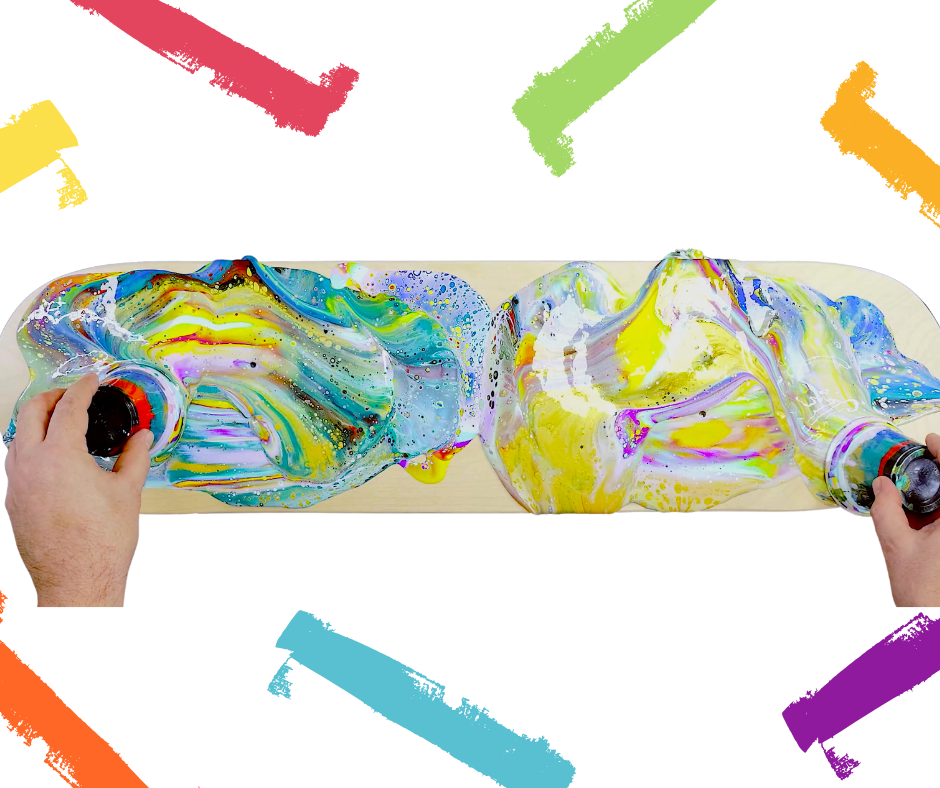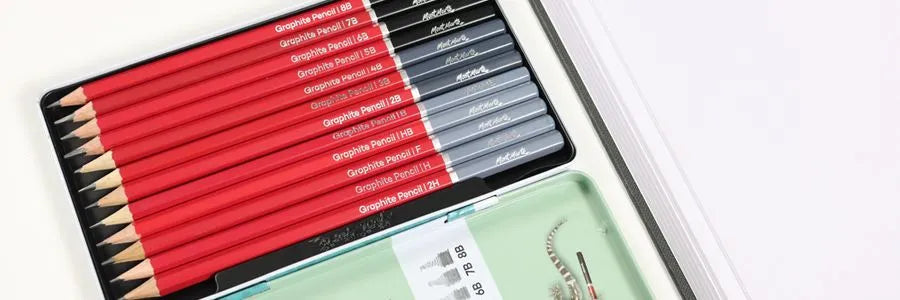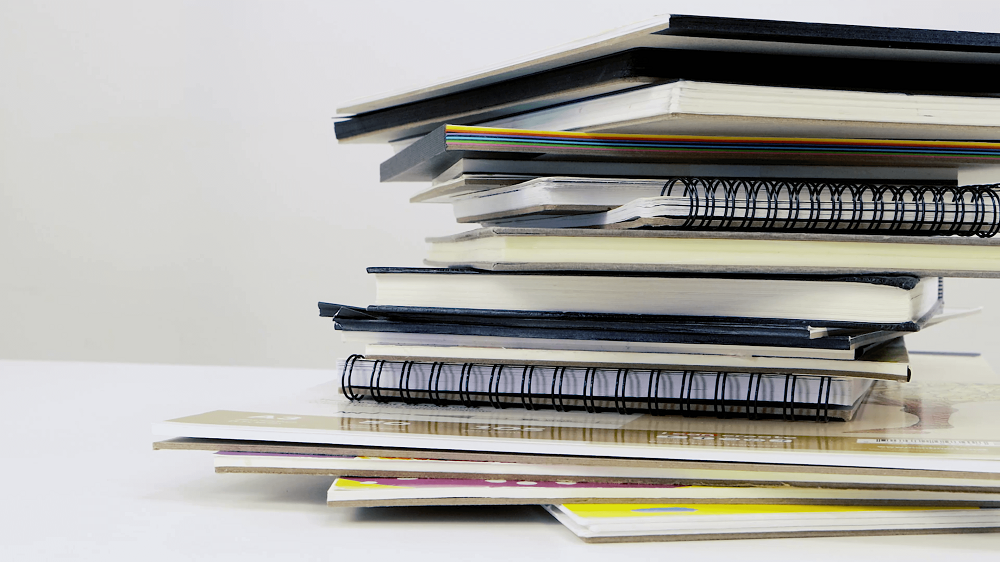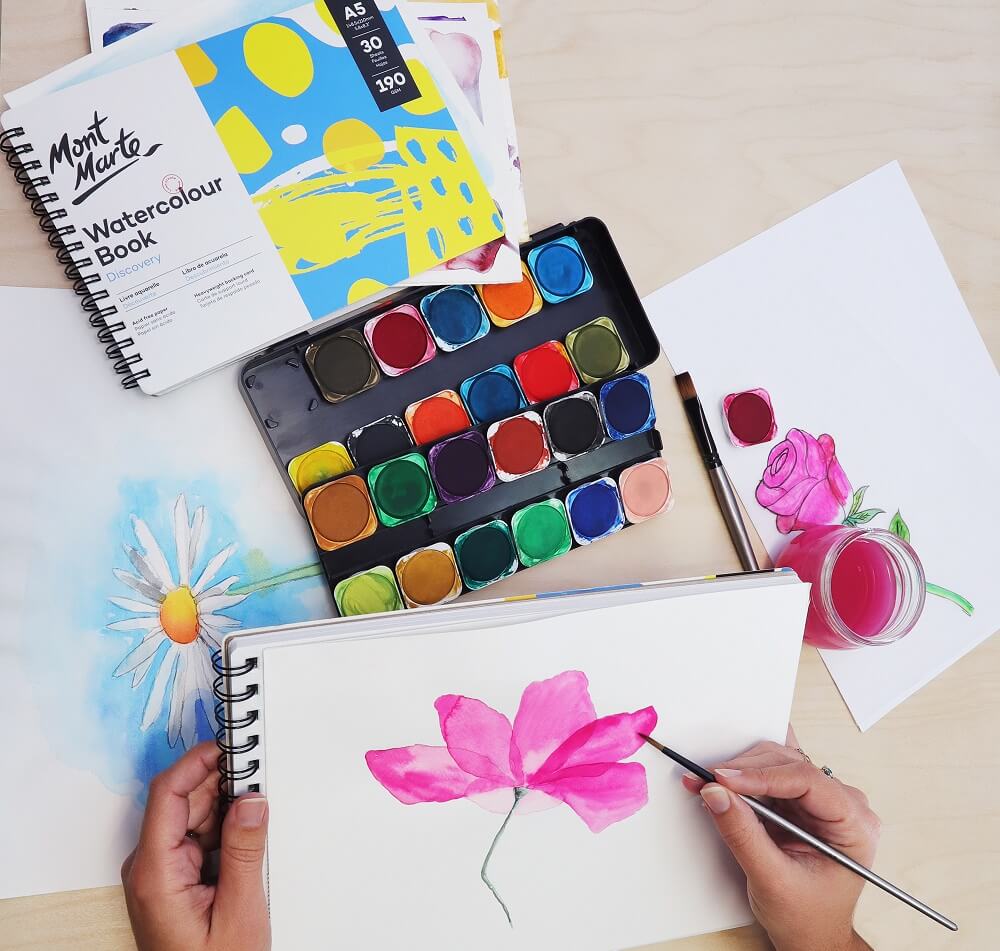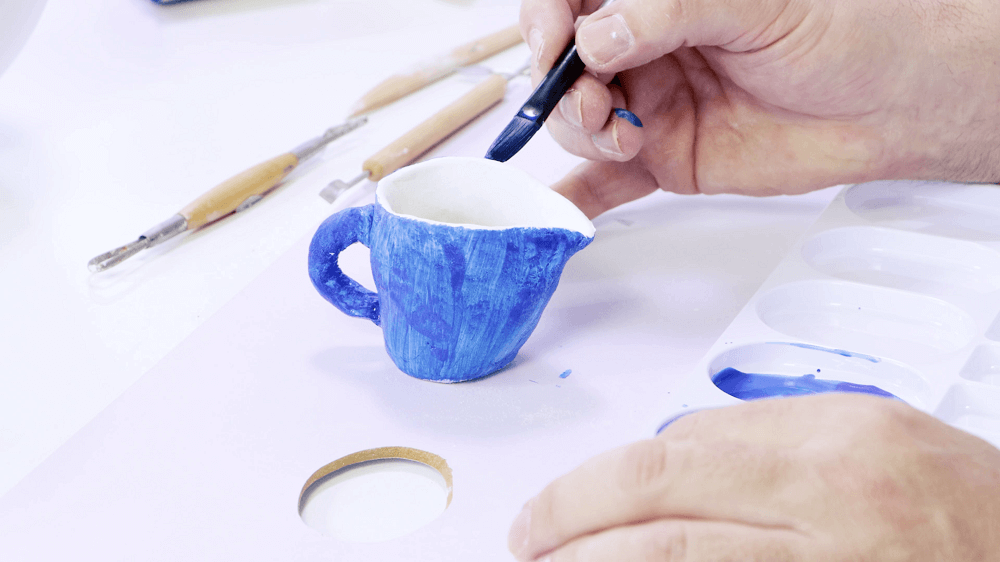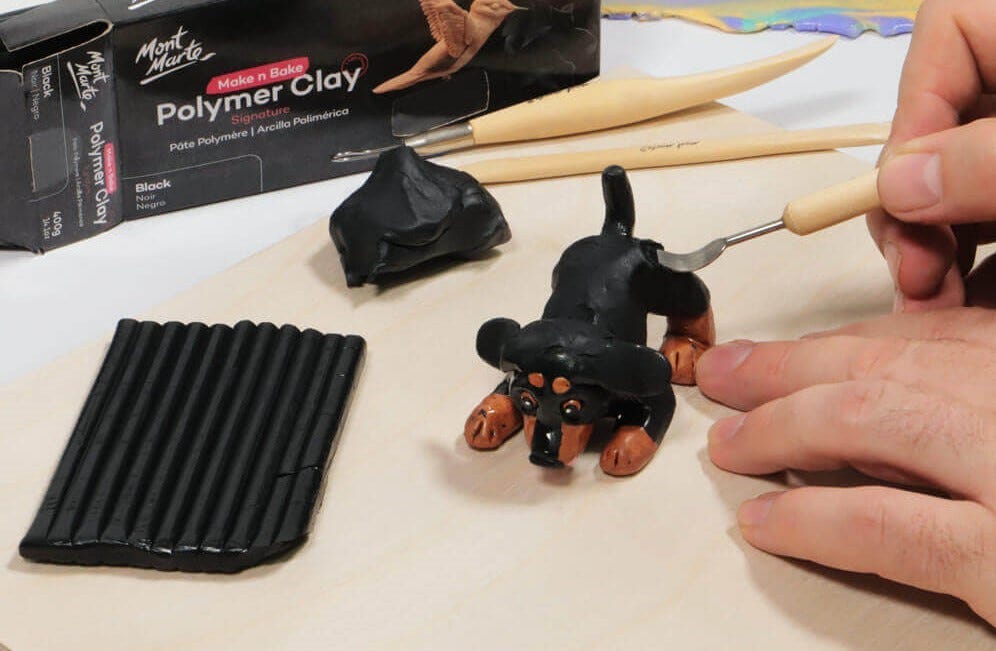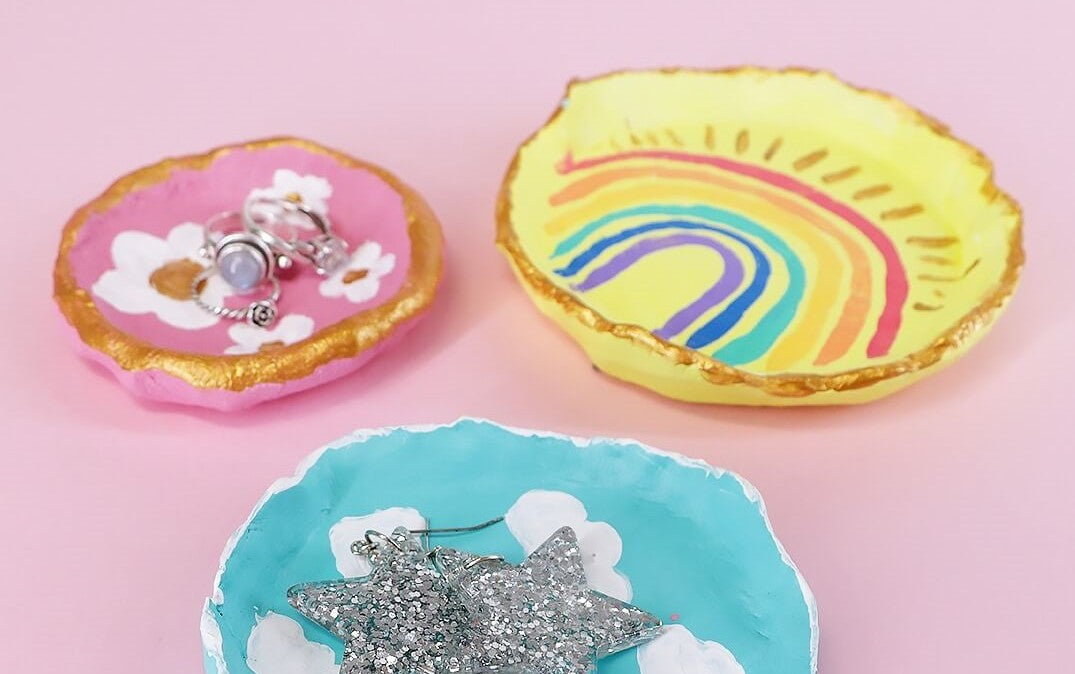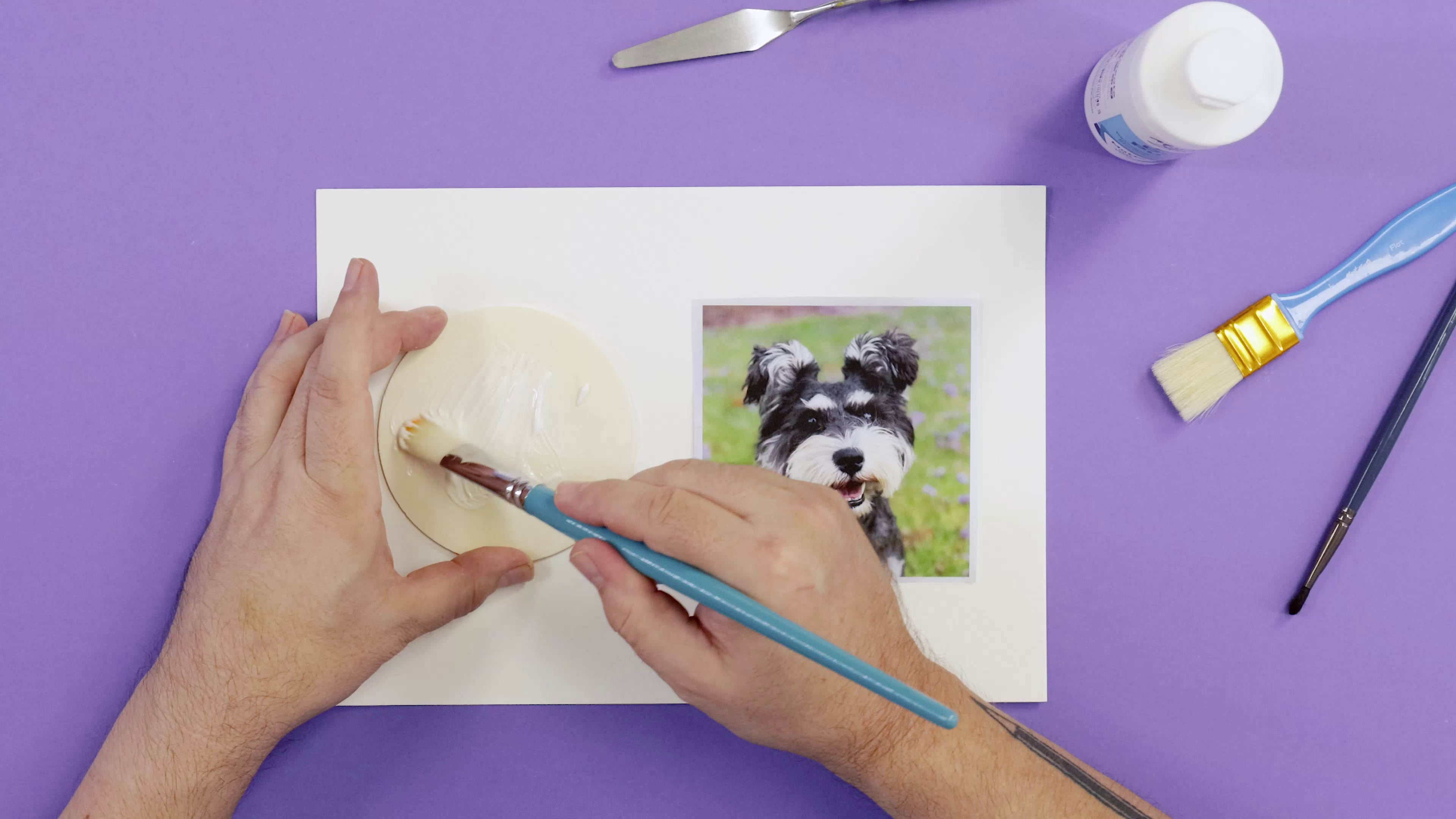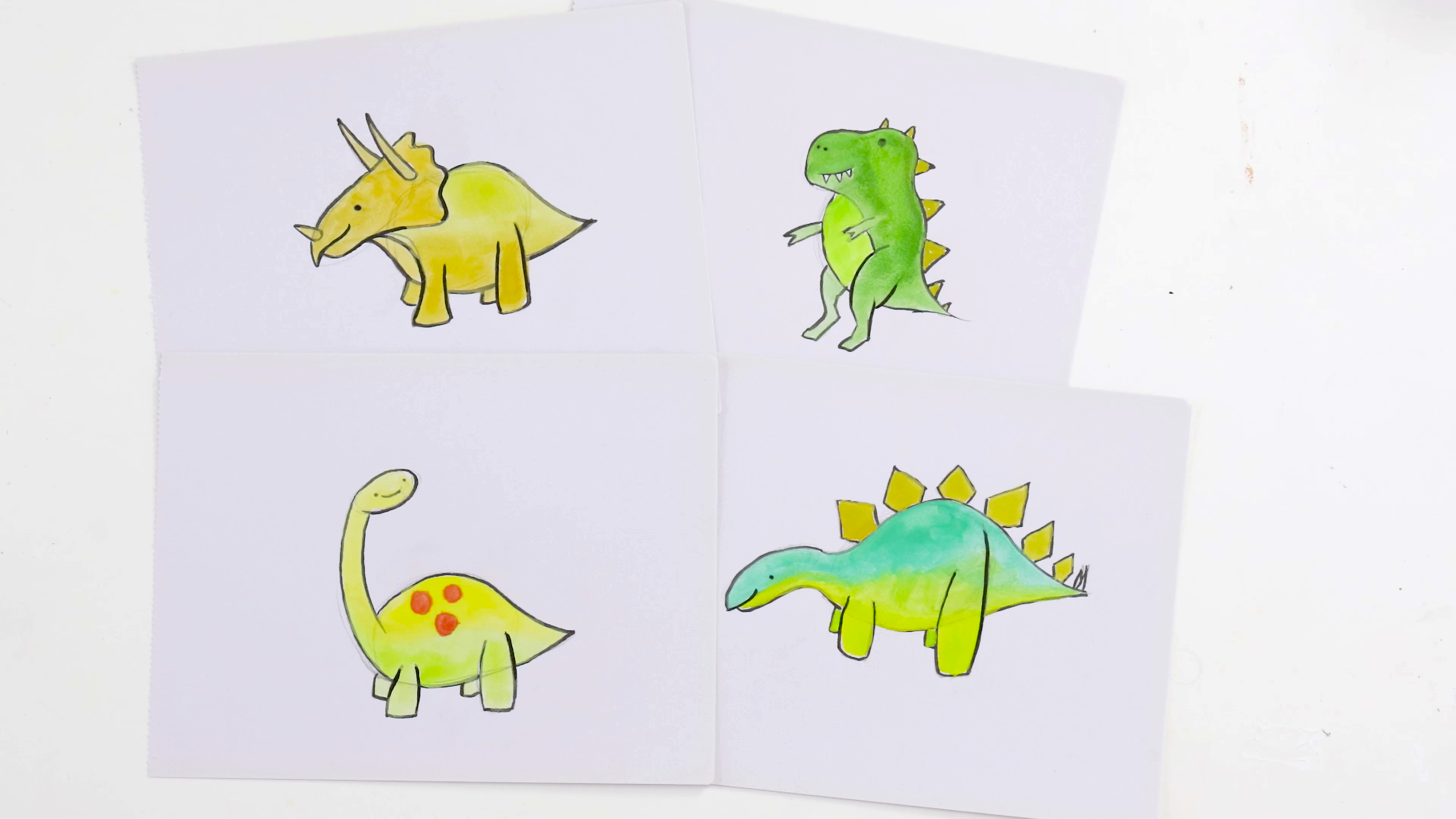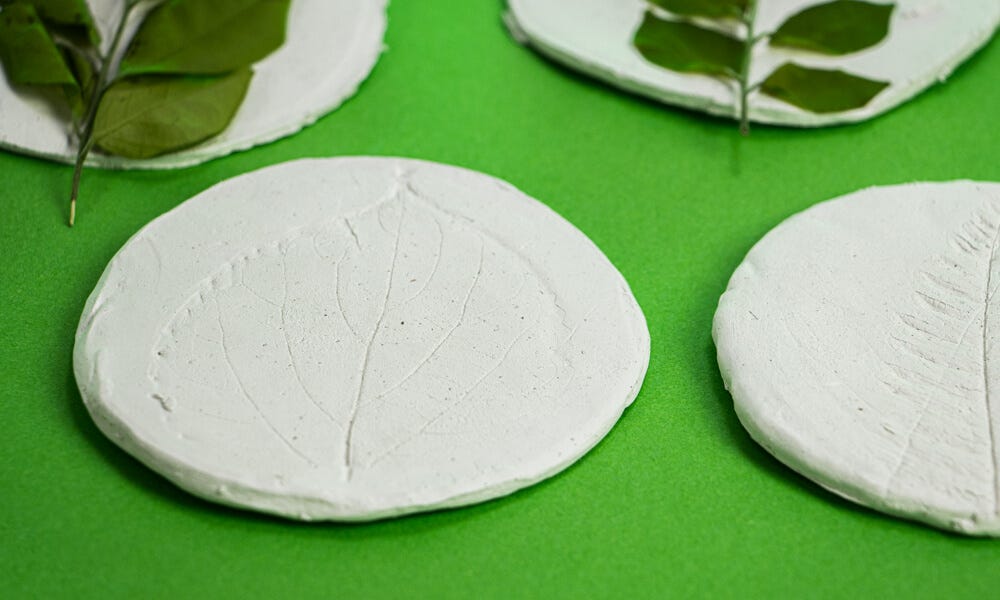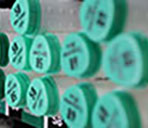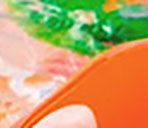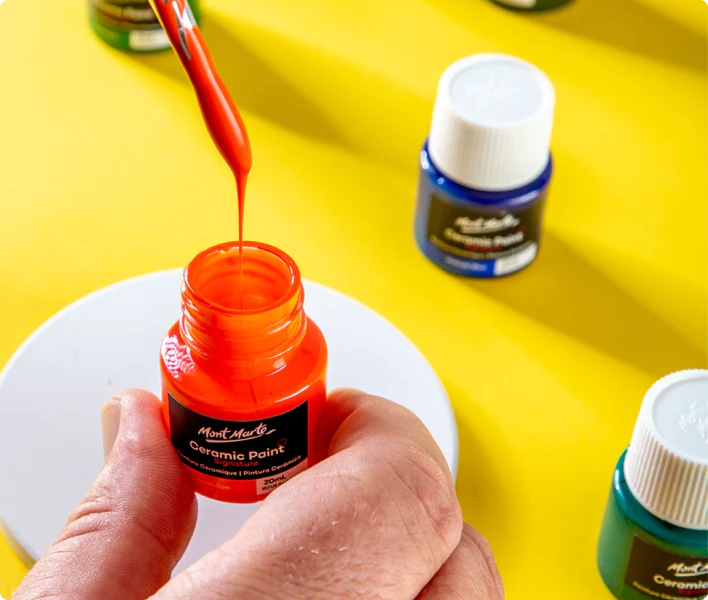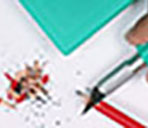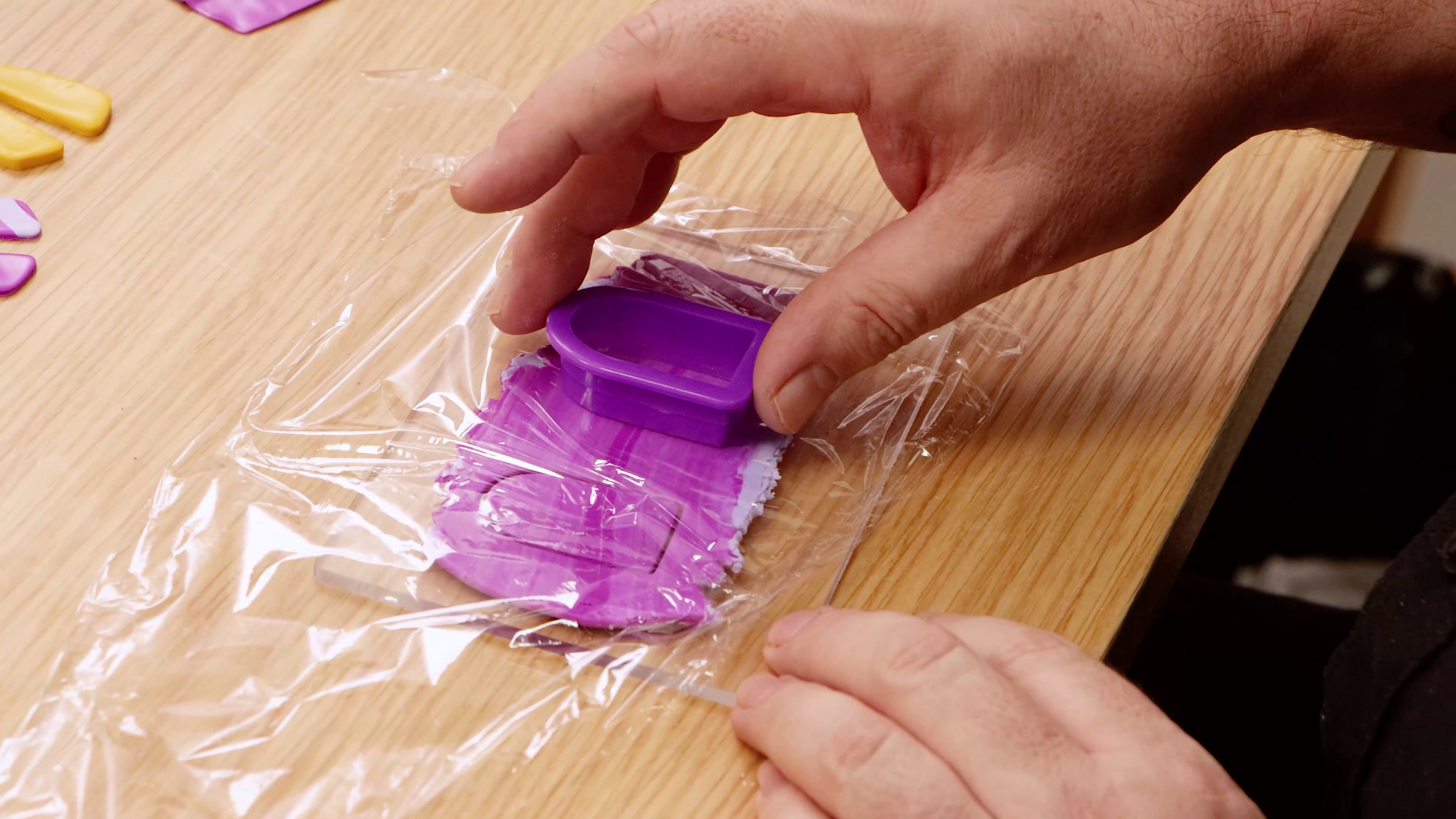Create a contemporary still life painting with Acrylic Colour
Image transfer
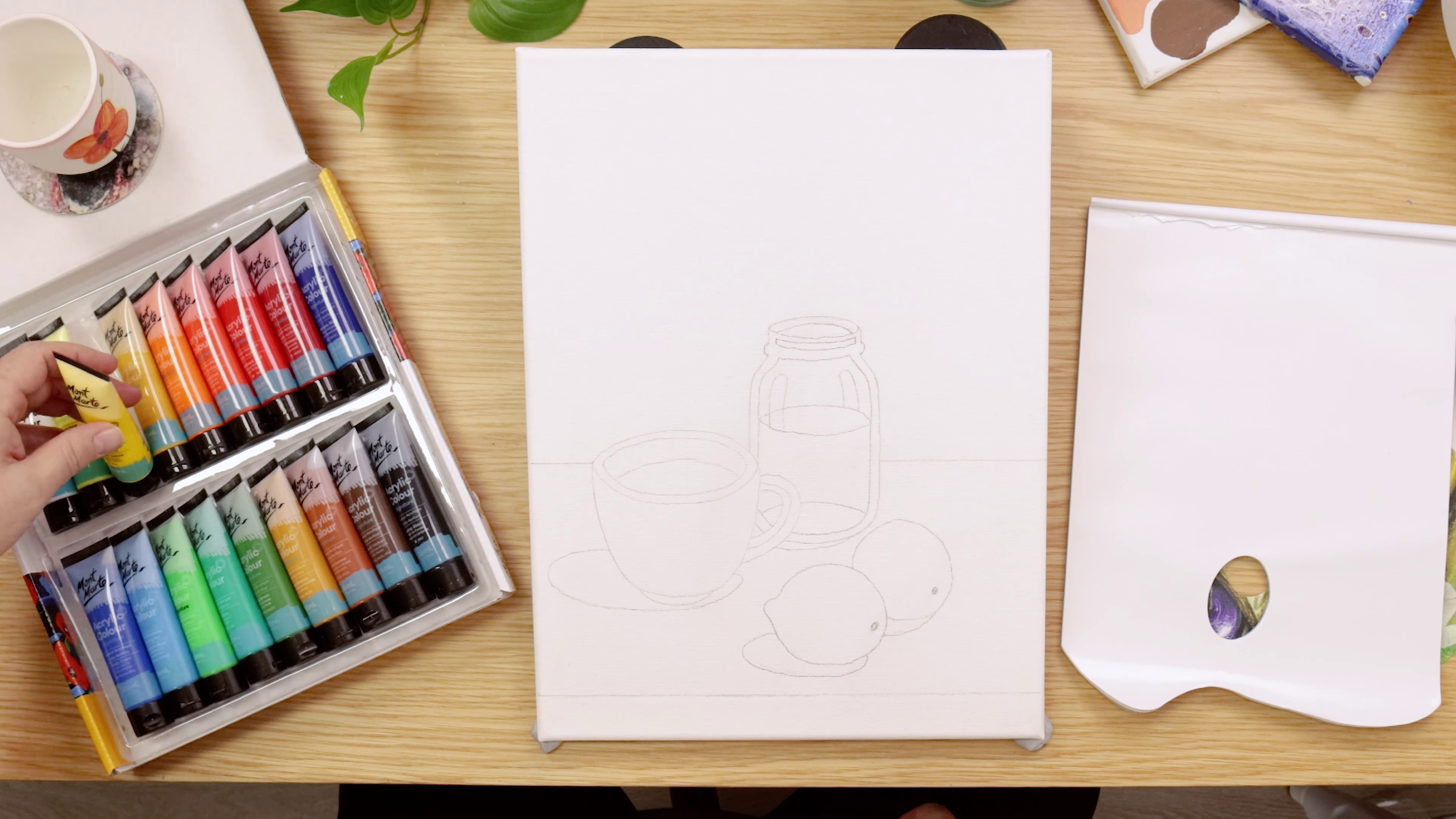
- Shade the back of the linework using a pencil
- Flip it over and tape onto the canvas
- Use a harder pencil (2H or HB) to trace the outlines
- Peel away the paper – your design is now ready to paint!
Background painting
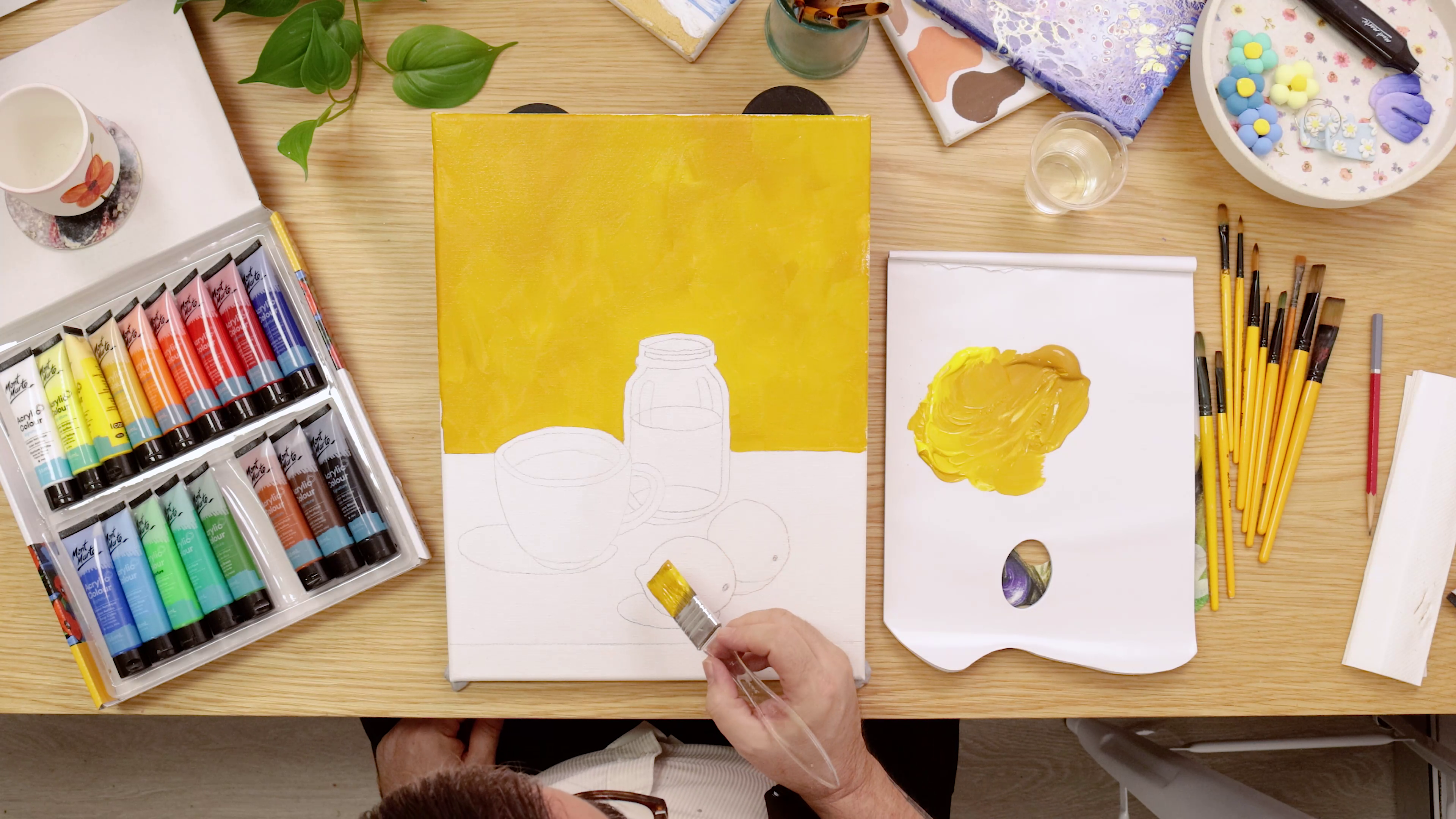
- Mix Medium Yellow with a touch of Raw Sienna to create a mustard tone
- Apply the colour using a wide brush, blending directly on the canvas if desired
- Leave space for the cup, jar, and objects
Block in base colours
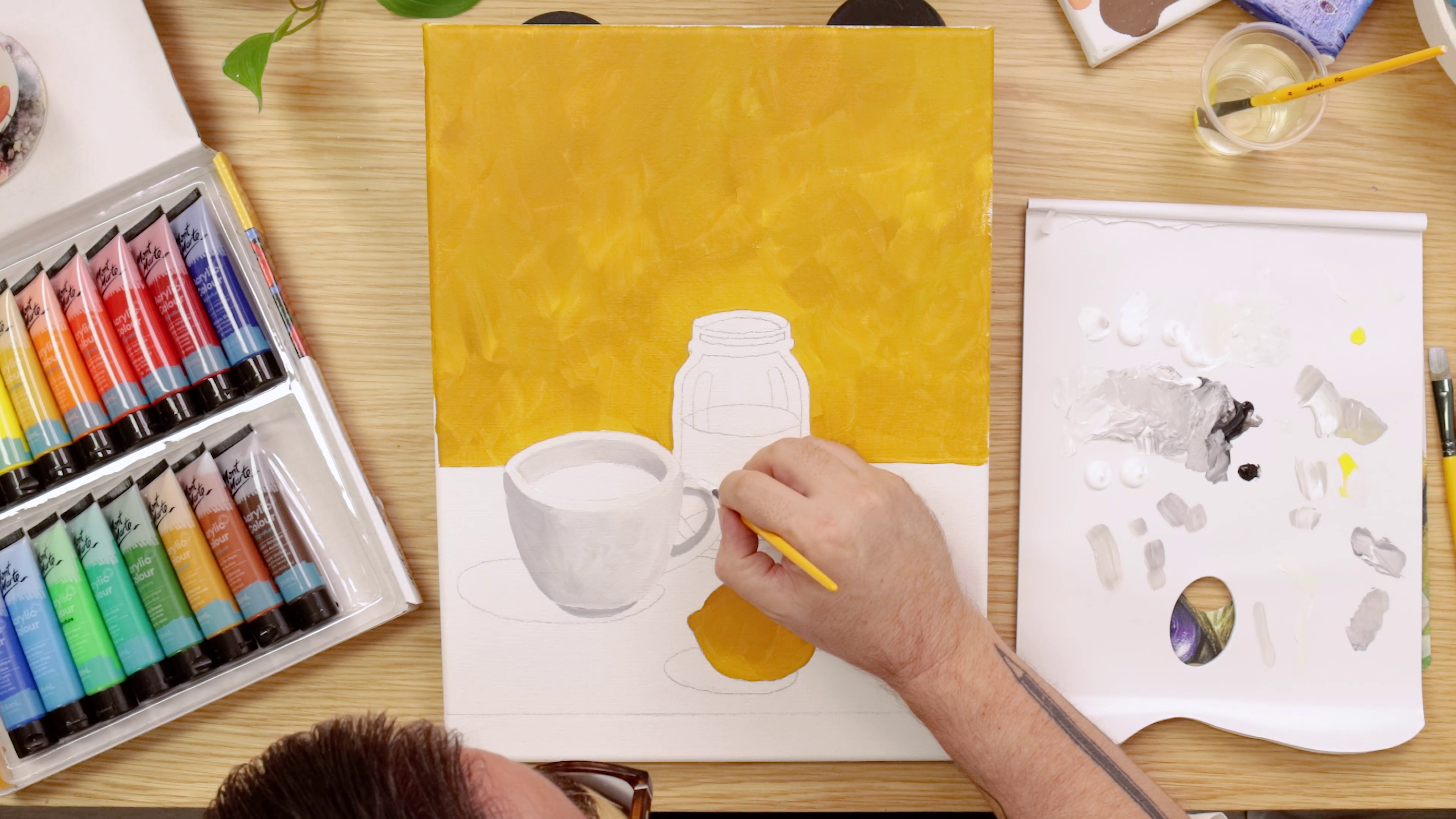
- Use the mustard mix for the lemons
- Mix Titanium White with a small amount of Lamp Black making a light grey for the mug
- Adjust with a tiny bit of yellow to warm the grey if needed
- Fill in the mug, handle, and areas under the rim using a small round brush
Painting the table
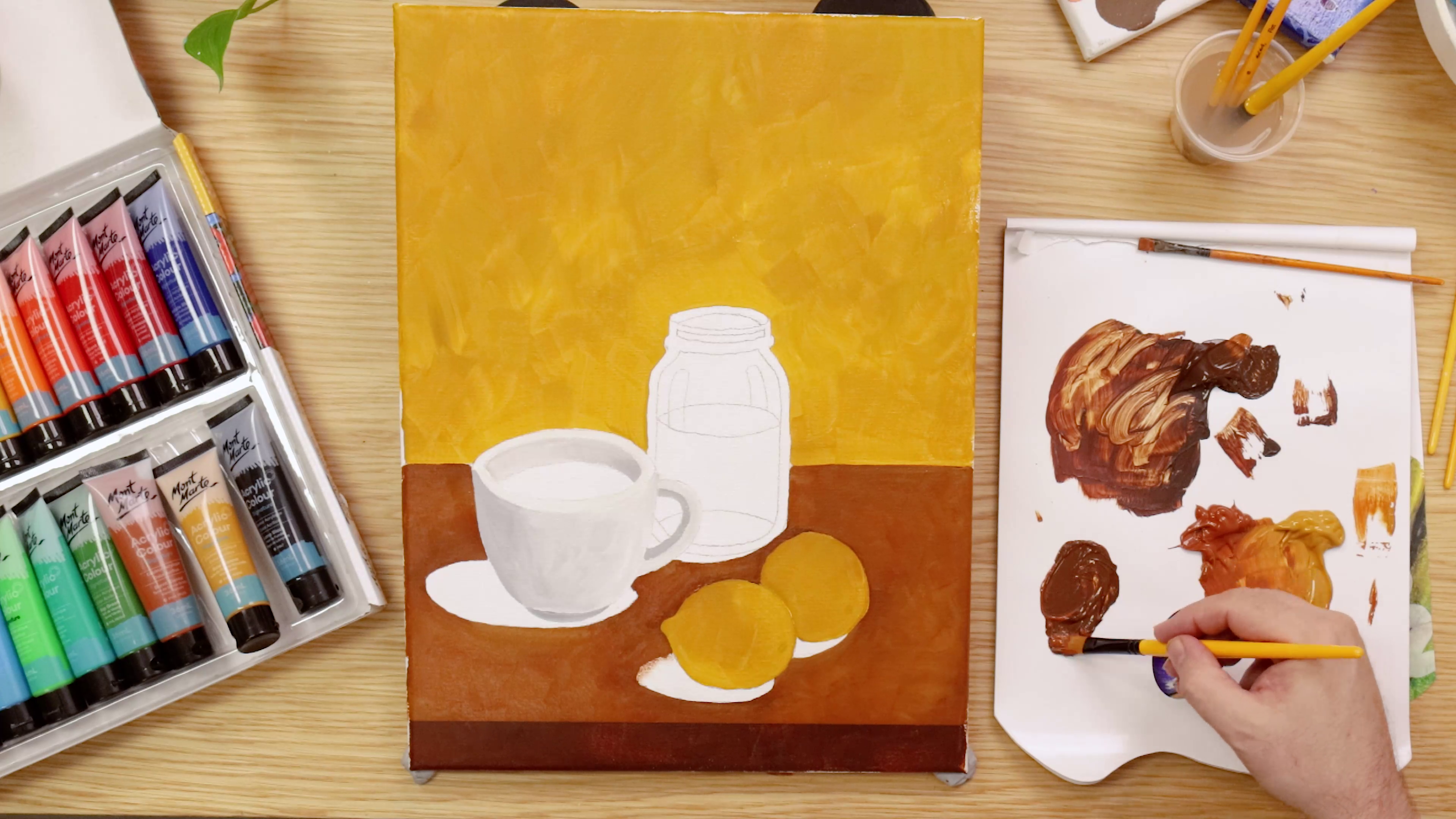
- Mix Burnt Sienna and Burnt Umber for a warm caramel brown
- Paint the foreground around the objects
- Once dry, mix Raw Sienna and Burnt Sienna to lighten and paint the tabletop surface
- Let some of the darker tone show through for depth
Adding depth
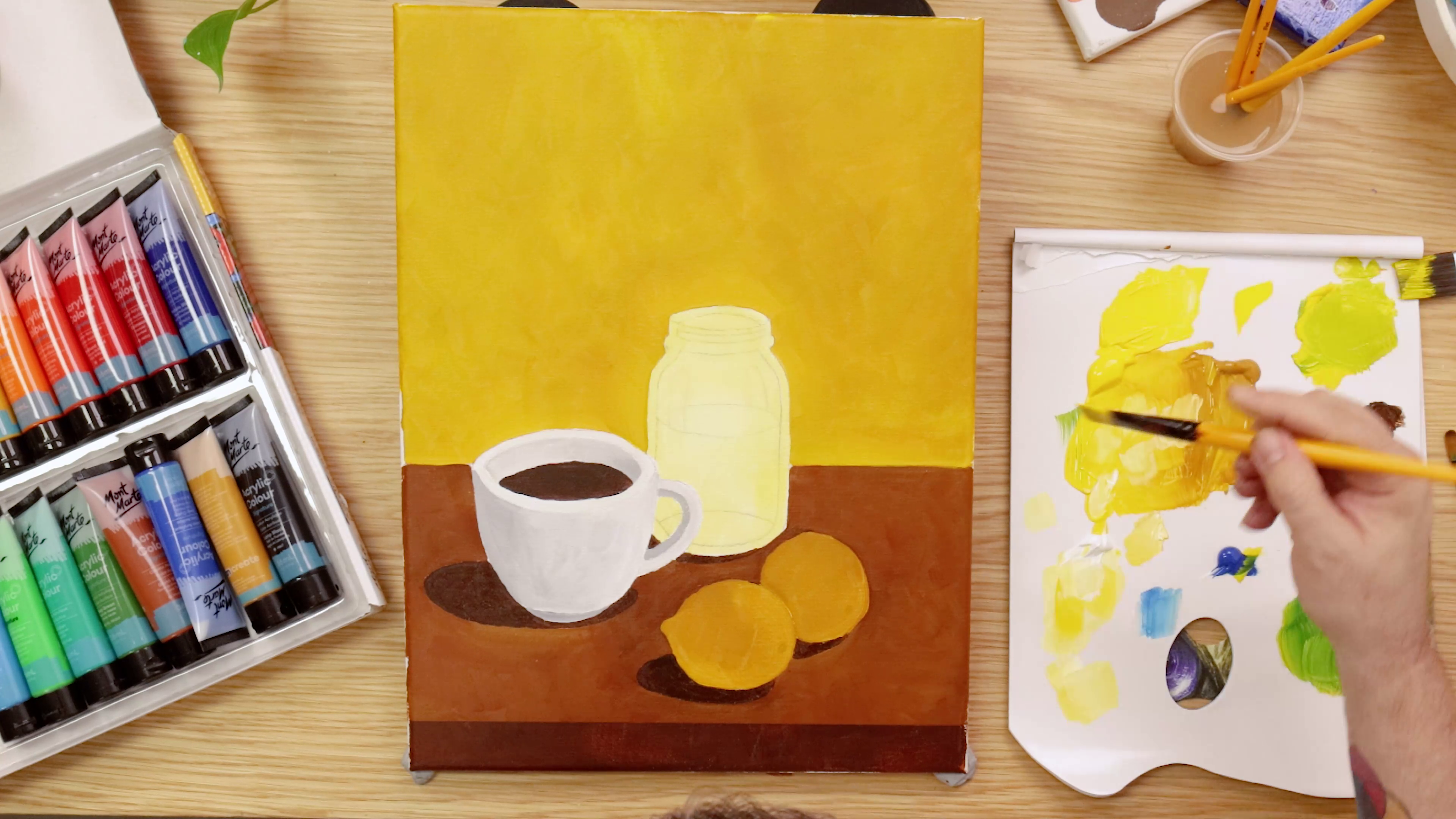
- Use Burnt Umber with a little Burnt Sienna for a rich coffee tone
- Adjust with white for a milkier look if desired
- Mix Medium Yellow and a little Sienna for a golden glaze
- Loosely brush over the background, letting some brown peek through
- Add soft shadows beneath the objects using the earlier caramel mix
Lemon painting tutorial
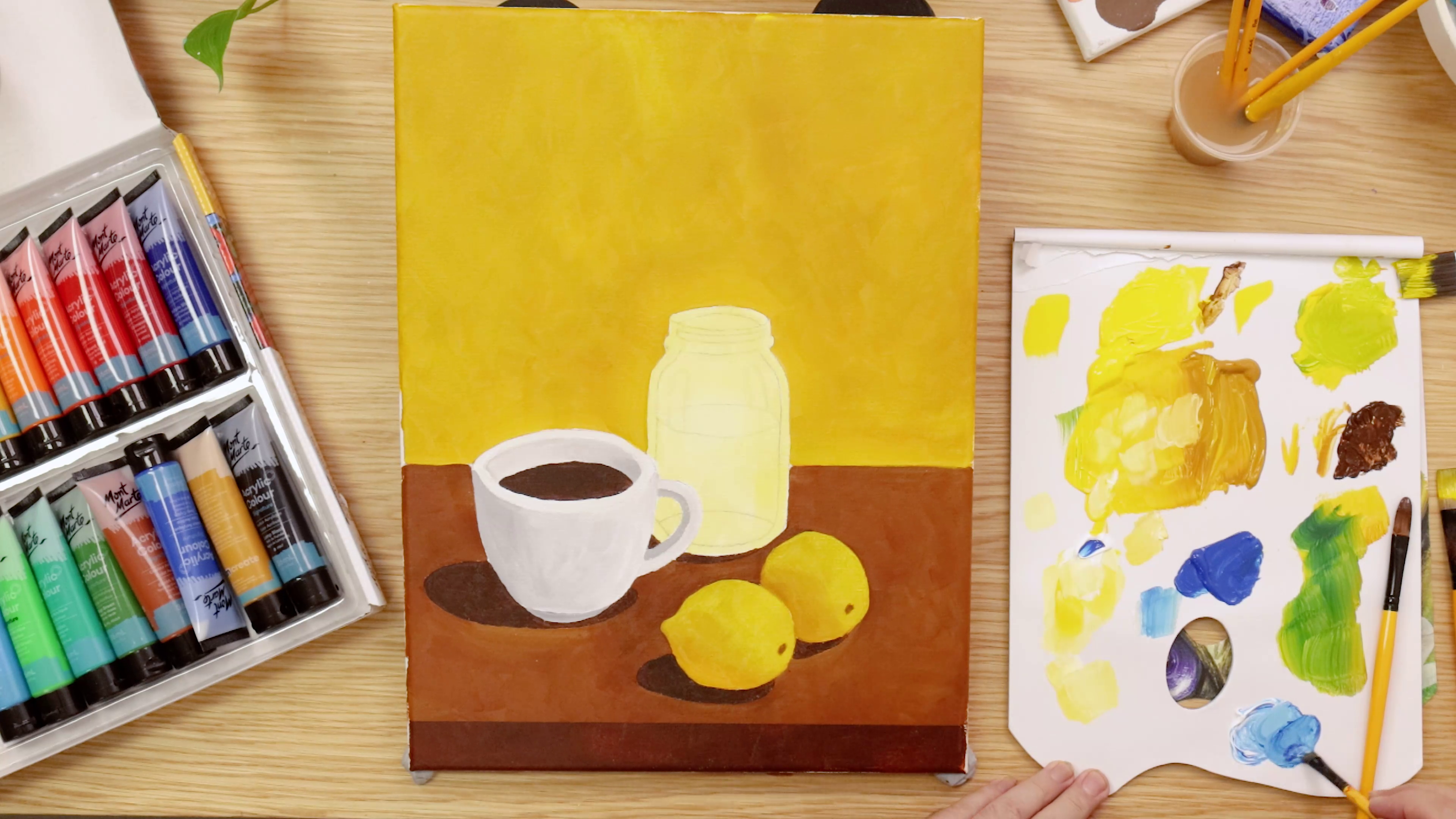
- Paint over the mustard base layer with Lemon Yellow
- Mix burnt umber and yellow for the stem points
- Use a clean brush to blend white and soft yellow for lemon highlights
Jar painting
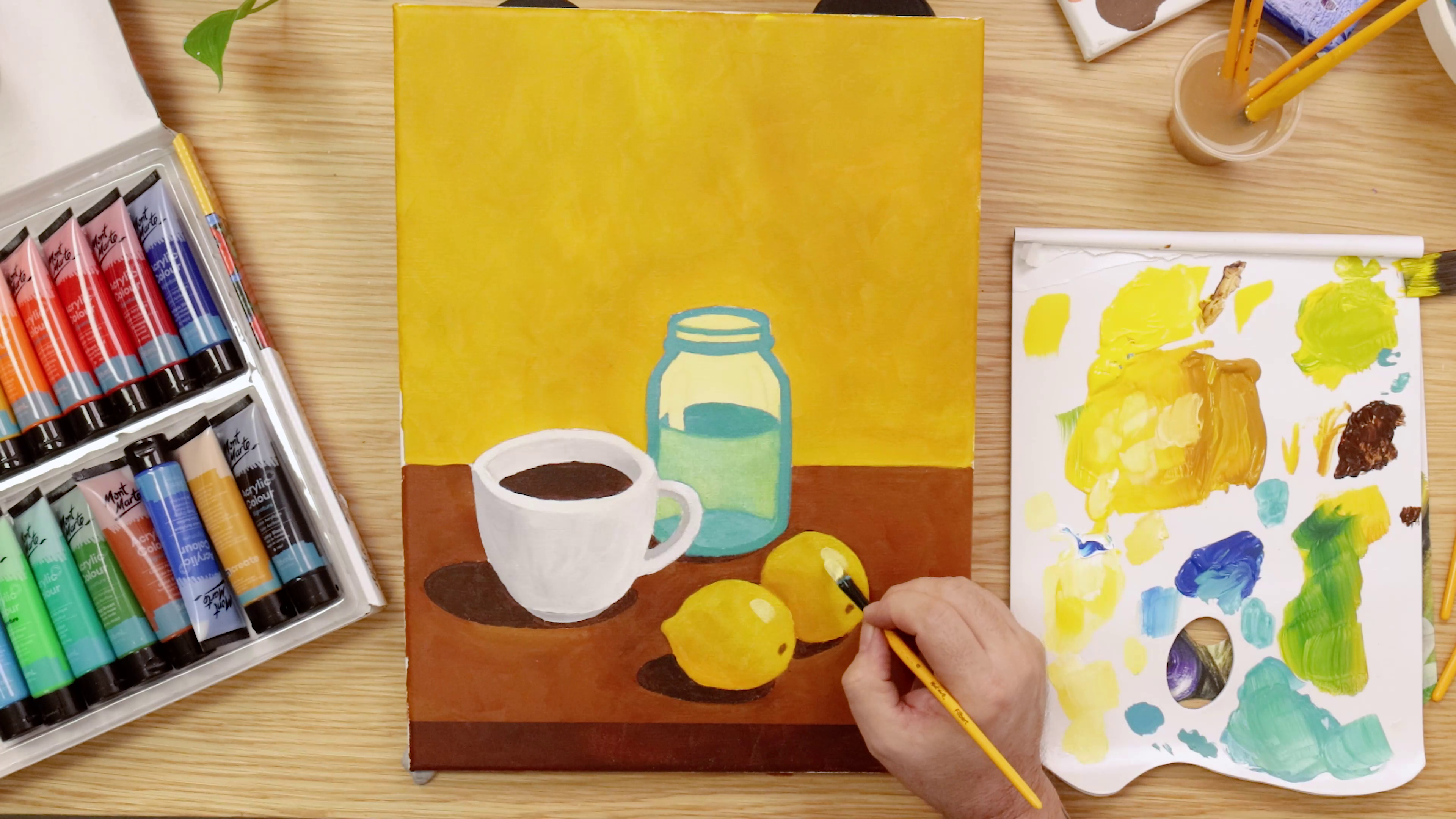
- Mix Titanium White and Yellow for a pale-yellow colour
- Paint the vase
- Add strokes of light blue to outline the vase
- For the water section, mix Deep Cyan with white and water it down for a soft, transparent blue
- Apply a light wash on the top half to suggest the glass
Flower stem painting
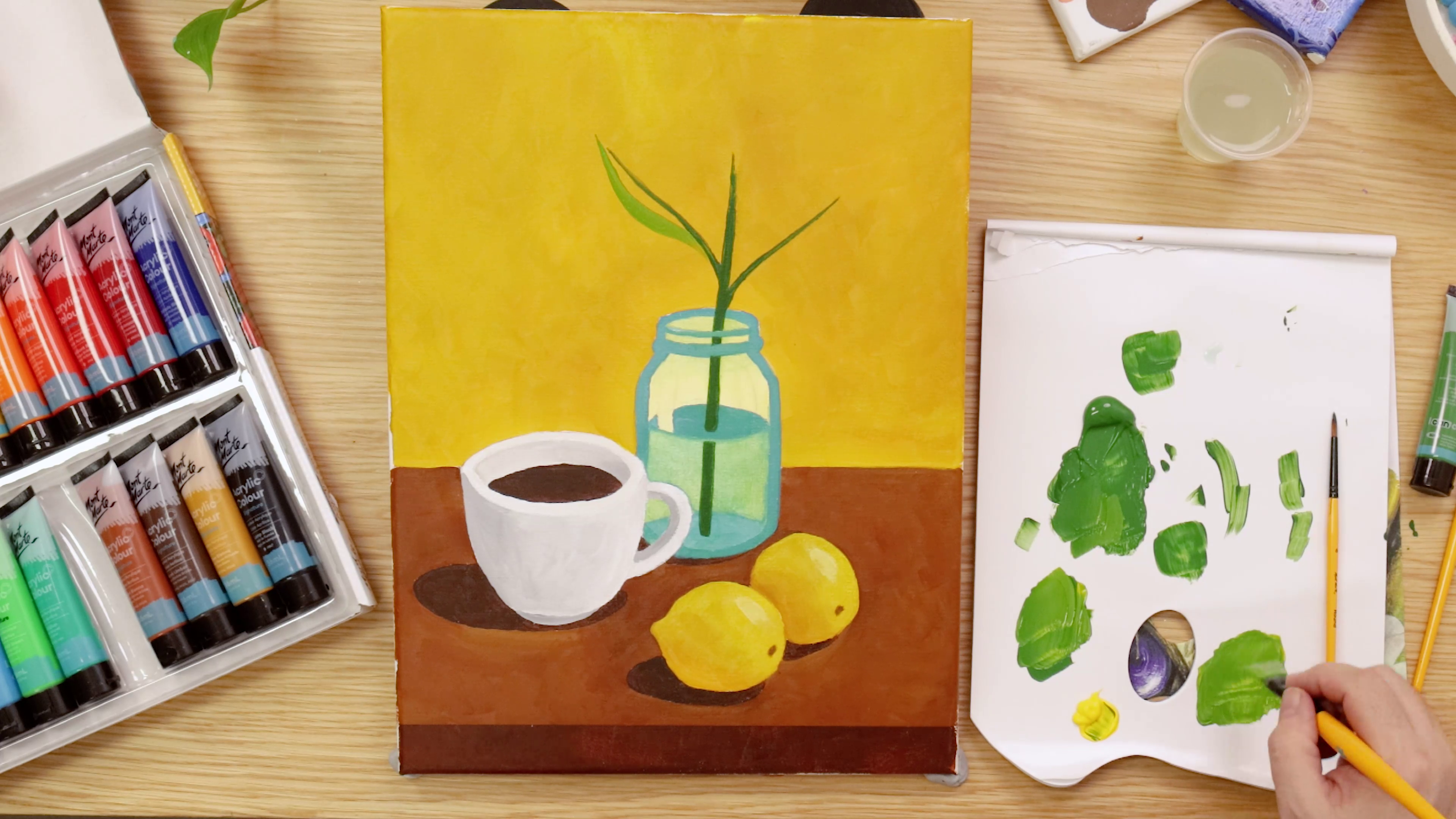
- Use Sap Green and hold the brush low for control
- Paint the flower stem first, then add the leaf veins
- Lighten the green with yellow and use it for the leaves at the ends of the vines
Easy flower painting
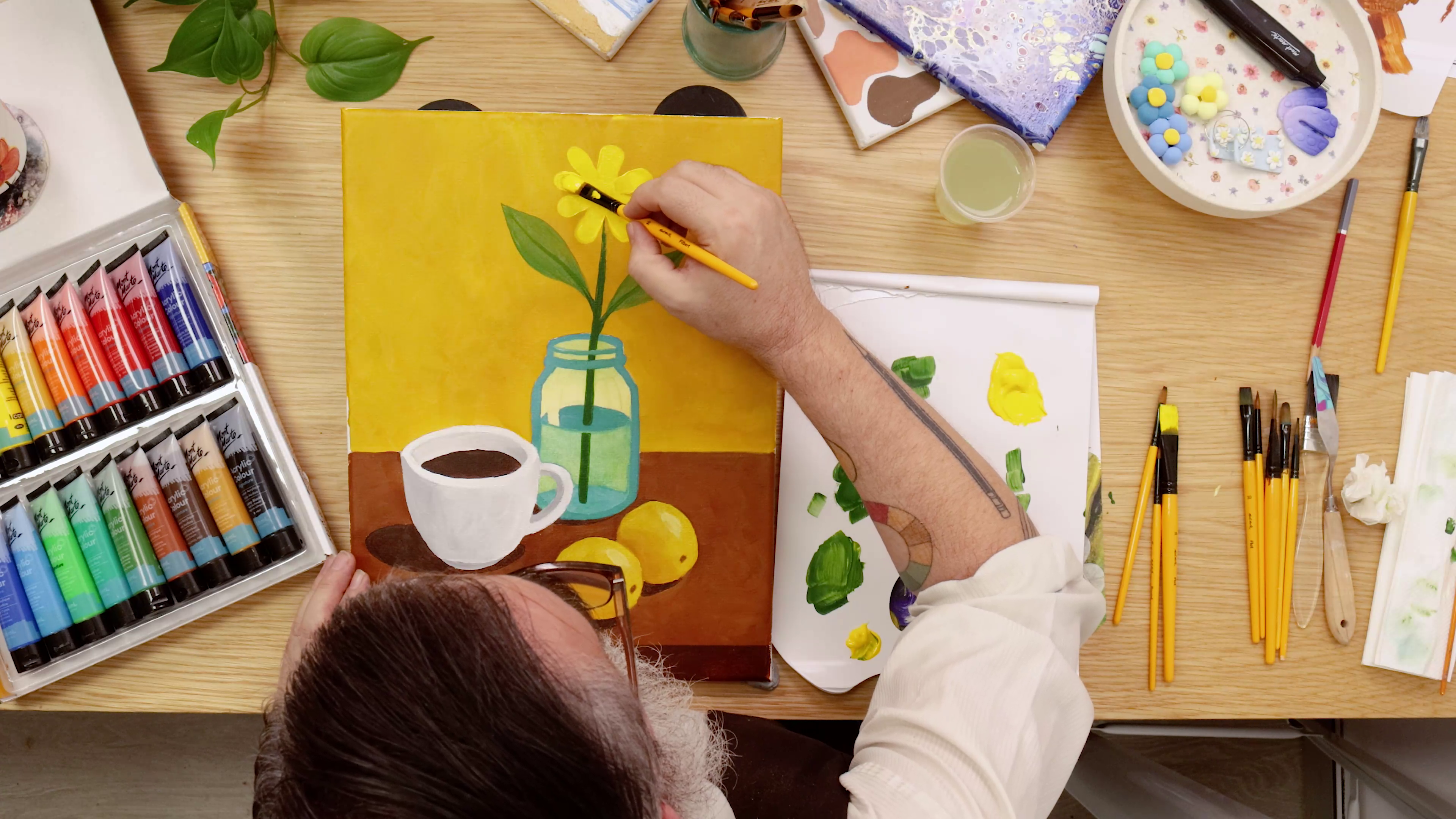
- Test petal shapes on scrap paper first
- Using lemon yellow, press your brush down and twist slightly to form a tapered petal
- Repeat to create a full flower
- Add a second coat of colour for richness
Finish with final details
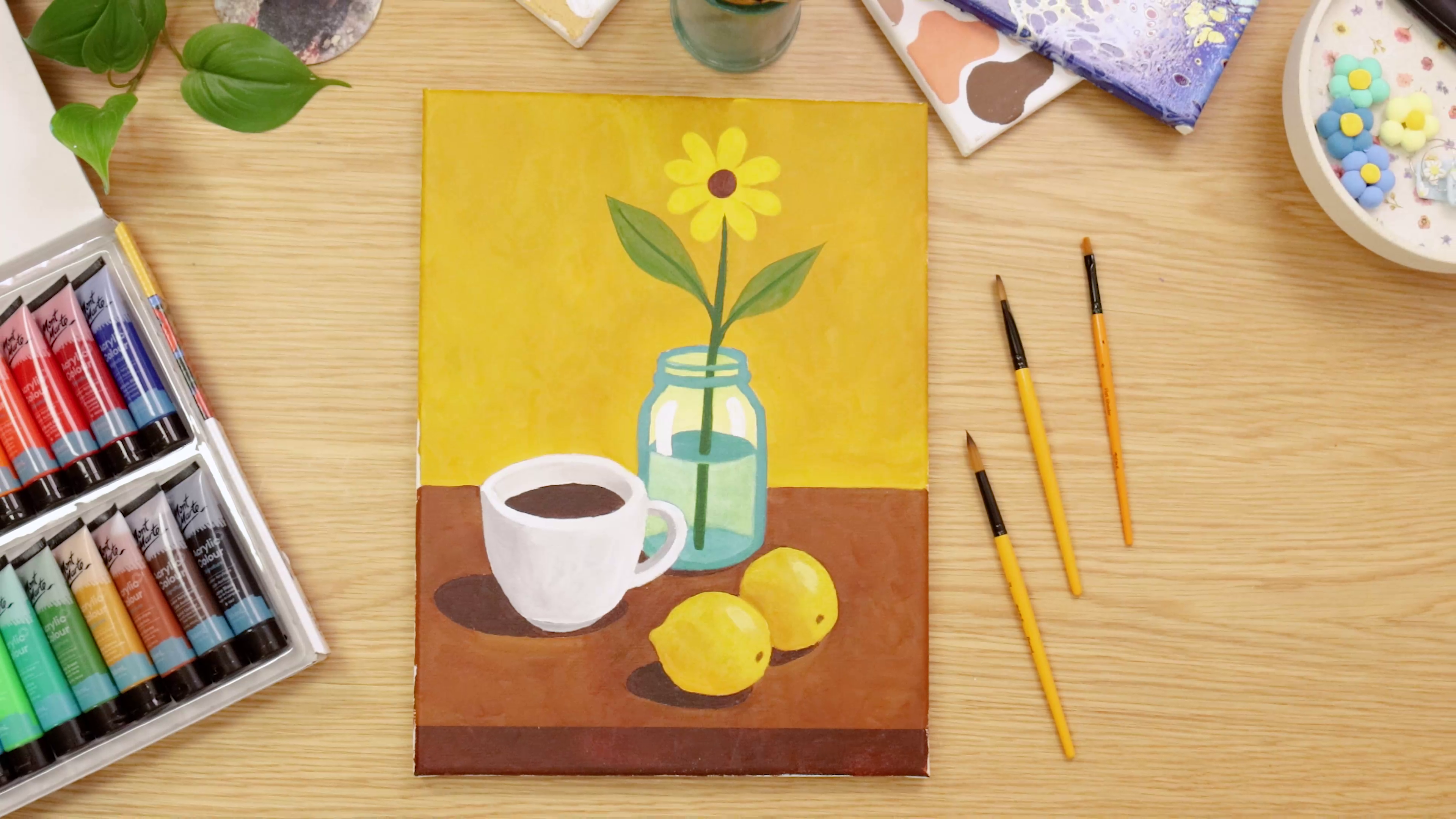
- Soften the water effect by layering a light wash of white
- Use the table colour to paint the flower centre
- Strengthen the central leaf vein with Sap Green
- Finish by adding white highlights to the jar glass
- Canvas or Canvas Panel (30 x 40 cm)
- Acrylic Colour Paint Set 18pc
- Titanium White
- Lamp Black
- Lemon Yellow
- Raw Sienna
- Burnt Sienna
- Burnt Umber
- Deep Cyan
- Sap Green
- Brushes
- Wide flat brush
- Small flat brush
- Filbert brush
- Small round brush
- Tear-Off Paper Palette
- HB or 2H pencil for transfer
- Water cup and paper towels
- Reference image (available via download)
- Tape


